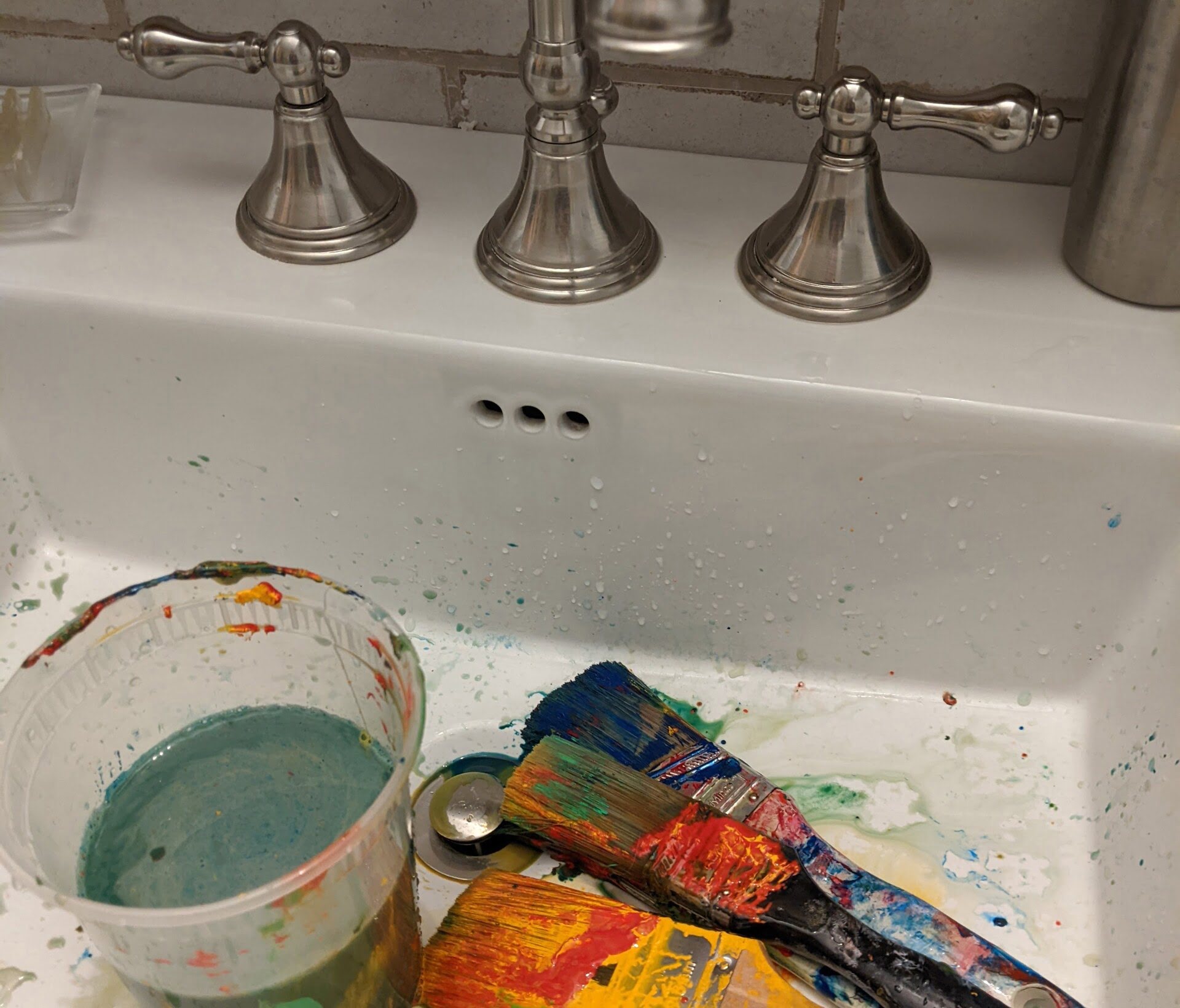

Articles
How To Remove Paint From A Sink
Modified: May 6, 2024
Learn effective techniques and tools to safely remove paint from your sink in this informative article. Discover step-by-step instructions and expert tips.
(Many of the links in this article redirect to a specific reviewed product. Your purchase of these products through affiliate links helps to generate commission for Storables.com, at no extra cost. Learn more)
Introduction
Painting is a common home improvement project that can rejuvenate a space and give it a fresh new look. However, accidents happen, and sometimes paint can end up where it shouldn’t be, such as on a sink. Whether it’s a small splatter or a full-on paint spill, removing paint from a sink can be a daunting task.
But fear not! With the right techniques and a little bit of elbow grease, you can effectively remove paint from a sink and restore its original beauty. In this article, we will explore several methods that you can use to tackle this issue.
Before diving into the different methods, it’s important to note that the success of paint removal will depend on several factors, such as the type of paint, the material of the sink, and the amount of time the paint has been on the surface. It’s always a good idea to test any cleaning solution on a small inconspicuous area of the sink before applying it to the entire affected area.
Now, let’s jump into the various methods you can use to remove paint from a sink.
Key Takeaways:
- Easily remove paint from your sink using household items like vinegar and baking soda, or opt for commercial paint removers for stubborn stains. Always test on a small area first to avoid damage.
- Take safety precautions and choose the right method based on your sink material and the type of paint for effective paint removal. Prevention is key, but these methods will restore your sink’s beauty.
Read more: How To Remove Faucet From Sink
Method 1: Using Vinegar and Baking Soda
One of the most effective and environmentally-friendly methods to remove paint from a sink is to use vinegar and baking soda. Here’s how you can do it:
- Start by mixing equal parts of vinegar and water in a spray bottle. Vinegar is acidic and helps dissolve the paint.
- Spray the vinegar solution directly onto the paint stains in the sink. Let it sit for a few minutes to allow the vinegar to penetrate the paint.
- In a separate container, create a paste by mixing baking soda with a small amount of water. Baking soda acts as an abrasive, helping to scrub away the paint.
- Apply the baking soda paste to the paint stains and gently scrub the area using a sponge or a soft brush. Be sure to use circular motions to lift the paint off the sink surface.
- Rinse the sink with warm water and inspect the area. If there are still traces of paint, repeat the process until the stains are completely removed.
- Once the paint is removed, clean the sink with mild soap and warm water to remove any residue from the vinegar and baking soda mixture.
It’s important to note that this method may work best for latex-based paints. If you’re dealing with oil-based paints, you may need to try alternative methods or consult a professional for assistance.
Vinegar and baking soda are readily available and affordable household items that can be used for a wide range of cleaning tasks. They are safe to use on most sink materials, but it’s always a good idea to test them on a small area first to ensure they don’t damage or discolor the sink surface.
Now that we’ve covered the vinegar and baking soda method, let’s move on to the next technique.
Method 2: Using Paint Stripper
If the vinegar and baking soda method doesn’t effectively remove the paint from your sink, you may need to consider using a paint stripper. Here’s how you can use this method:
- Start by ensuring that the area is well-ventilated, as paint strippers can emit strong fumes. Open windows or use a fan to circulate fresh air.
- Wear protective gloves, goggles, and a mask to prevent any contact with the paint stripper or inhalation of fumes.
- Apply a generous amount of paint stripper to the affected area, making sure to follow the instructions provided by the manufacturer.
- Allow the paint stripper to sit for the recommended amount of time. This typically ranges from a few minutes to several hours, depending on the type and thickness of the paint.
- Using a plastic scraper or old toothbrush, gently scrape away the softened paint. Be careful not to scratch or damage the sink surface.
- If there are stubborn paint residues, you can repeat the application of the paint stripper and remove them with a scrub brush or abrasive sponge.
- Once all the paint is removed, thoroughly rinse the sink with water to remove any remaining traces of the paint stripper.
- Dispose of the waste and used materials according to local regulations, as paint strippers can be hazardous.
It’s important to note that paint strippers can be harsh chemicals, so it’s crucial to handle them with care and follow the manufacturer’s instructions. Additionally, this method may be more suitable for sinks made of durable materials like porcelain or stainless steel. Always test the paint stripper on a small, inconspicuous area of the sink before applying it to the entire surface.
Now that you’re familiar with the paint stripper method, let’s explore another technique.
Method 3: Using Acetone or Nail Polish Remover
If you’re dealing with stubborn paint stains on your sink, using acetone or nail polish remover can be an effective solution. Here’s how you can use this method:
- Begin by ventilating the area by opening windows or turning on a fan to allow for proper airflow.
- Put on protective gloves to avoid any direct contact with the acetone or nail polish remover.
- Soak a cotton ball or cloth with acetone or nail polish remover.
- Apply the soaked cotton ball or cloth directly onto the paint stains on the sink. Gently press and hold it in place, allowing the acetone to soften the paint.
- Leave the cotton ball or cloth on the stained area for a few minutes to allow the acetone to work its magic.
- After a few minutes, begin gently rubbing the paint stains with the cotton ball or cloth. You may need to apply a bit of pressure to remove the paint effectively.
- Continue rubbing until the paint stains are completely lifted from the sink surface.
- Once the paint is removed, wash the sink thoroughly with soap and water to remove any residue from the acetone or nail polish remover.
It’s important to note that acetone and nail polish remover are strong chemicals that should be used with caution. They are most effective for removing oil-based paints from sink surfaces made of materials such as porcelain or ceramic. However, it’s crucial to test them on a small, inconspicuous area of the sink first to ensure they don’t cause any damage or discoloration.
Now that you’ve learned how to use acetone or nail polish remover to remove paint from a sink, let’s move on to the next method.
Method 4: Using a Scrubbing Pad or Sponge
If the paint stains on your sink are relatively fresh and not too stubborn, using a scrubbing pad or sponge can be an effective method. Follow these steps:
- Wet a scrubbing pad or sponge with warm water.
- Apply a small amount of dish soap or mild detergent to the pad or sponge.
- Gently scrub the paint stains in circular motions, applying a bit of pressure if needed.
- Rinse the sink with warm water periodically to remove any loosened paint particles.
- Continue scrubbing until the paint stains are completely lifted from the sink surface.
- Once the paint is removed, thoroughly rinse the sink with water to remove any soapy residue.
This method works well for water-based or latex-based paints and is suitable for sinks made of materials like stainless steel, porcelain, or enamel. However, avoid using abrasive scrubbing pads or sponges on delicate sink surfaces, as they may cause scratches or damage.
Remember to test a small, inconspicuous area of the sink first to ensure that the scrubbing pad or sponge doesn’t cause any damage or discoloration.
Now that you’re familiar with using a scrubbing pad or sponge to remove paint from a sink, let’s explore another technique.
Use a paint remover specifically designed for the type of paint on your sink. Apply the remover according to the instructions, then gently scrape off the softened paint with a plastic scraper. Rinse the sink thoroughly after removing the paint.
Read more: How To Remove A Drain From A Sink
Method 5: Using a Plastic Razor or Putty Knife
If the paint on your sink has dried and hardened, using a plastic razor or putty knife can help scrape it off without causing damage to the surface. Follow these steps:
- Take a plastic razor blade or putty knife and hold it at a shallow angle against the painted surface.
- Slowly and gently scrape the paint, applying slight pressure to lift it off the sink.
- Be careful not to scratch the sink surface. If necessary, adjust the angle or use a lighter touch.
- Continue scraping until all the paint is removed.
- Once the paint is removed, clean the sink with mild soap and warm water to remove any residue.
This method is particularly effective for removing dried or stubborn paint from sinks made of materials like ceramic, porcelain, or stainless steel. However, avoid using metal razors or knives, as they can easily scratch or damage the sink surface.
Remember to test the plastic razor or putty knife on a small, inconspicuous area of the sink to ensure that it doesn’t cause any scratches before using it on the entire painted area.
Now that you know how to use a plastic razor or putty knife to remove paint from a sink, let’s move on to the next method.
Method 6: Using a Steam Cleaner
If you have access to a steam cleaner, it can be a highly effective tool for removing paint from a sink. Here’s how you can use this method:
- Fill the steam cleaner with water according to the manufacturer’s instructions.
- Turn on the steam cleaner and allow it to heat up.
- Once the steam cleaner is heated, hold the nozzle close to the painted surface of the sink.
- Direct the steam towards the paint stains and move the nozzle in a slow, sweeping motion.
- The heat and pressure of the steam will help to loosen and dissolve the paint.
- Gently wipe away the softened paint using a cloth or sponge.
- Repeat the process if necessary until all the paint is removed from the sink.
- After removing the paint, clean the sink with mild soap and warm water to remove any residue.
This method is most effective for removing water-based or latex-based paints. It can be used on a variety of sink materials, but it’s always a good idea to test the steam cleaner on a small, inconspicuous area first to ensure it doesn’t cause any damage.
Remember to follow the manufacturer’s instructions for operating the steam cleaner safely and effectively.
Now that you’re familiar with using a steam cleaner to remove paint from a sink, let’s explore the next method.
Method 7: Using Commercial Paint Removers
If other methods haven’t been successful in removing paint from your sink, you may consider using a commercial paint remover. These products are specifically designed to effectively remove paint from various surfaces. Here’s how you can use this method:
- Choose a suitable commercial paint remover that is safe to use on your sink material. Read and follow the instructions provided by the manufacturer carefully.
- Ensure that the area is well-ventilated by opening windows or using a fan to prevent inhalation of fumes.
- Put on protective gloves, goggles, and a mask to protect yourself from the chemicals.
- Apply the paint remover to the painted areas of the sink as directed by the manufacturer.
- Allow the paint remover to sit for the recommended amount of time, usually a few minutes to an hour, depending on the product.
- Use a plastic scraper or old toothbrush to gently scrape off the softened paint from the sink surface.
- If necessary, repeat the application of the paint remover and scraping until all the paint is removed.
- After removing the paint, clean the sink thoroughly with soap and water to remove any residue from the paint remover.
Commercial paint removers are formulated to tackle a variety of paint types and are often effective on different sink materials. However, it’s essential to choose a product that is safe for your specific sink material and to test it on a small area beforehand to ensure there are no adverse reactions.
Remember to dispose of the waste and used materials according to local regulations, as commercial paint removers can be hazardous.
Now that you know how to use a commercial paint remover to remove paint from a sink, let’s summarize the methods discussed.
Conclusion
Removing paint from a sink may seem like a challenging task, but with the right methods and techniques, it can be accomplished effectively. Whether you choose to use vinegar and baking soda, paint stripper, acetone, a scrubbing pad, a plastic razor, a steam cleaner, or a commercial paint remover, each method has its own strengths and suitability depending on the type of paint and the material of your sink.
It’s important to remember that before attempting any paint removal method, testing it on a small, inconspicuous area of the sink is essential to avoid any potential damage or discoloration.
Furthermore, always take safety precautions such as wearing protective gloves, goggles, and working in a well-ventilated area. Follow the instructions provided by the product manufacturers for best results and to ensure your safety.
By carefully applying the chosen method and being patient, you can effectively eliminate the unsightly paint stains and restore the beauty of your sink.
Remember that prevention is the best protection against paint splatters and spills. When painting, take the necessary precautions to cover and protect your sink and surrounding areas to avoid any accidental paint damage in the first place.
With the methods provided in this article, you now have a range of options to choose from when it comes to removing paint from your sink. Select the method that suits your needs and sink material best, and enjoy a paint-free and pristine sink once again.
Now that you've mastered removing paint from your sink, why not give your fridge a refresh or tackle some home upgrades? Dive into our guide on tips for thoroughly cleaning a refrigerator both inside and out for a spotless refrigerator, ensuring every nook shines. Or, if you're feeling handy, check out our comprehensive how to DIY home improvement strategies to transform your space with your own two hands. Both guides are packed with practical advice to help you spruce up your home efficiently and effectively.
Frequently Asked Questions about How To Remove Paint From A Sink
Was this page helpful?
At Storables.com, we guarantee accurate and reliable information. Our content, validated by Expert Board Contributors, is crafted following stringent Editorial Policies. We're committed to providing you with well-researched, expert-backed insights for all your informational needs.


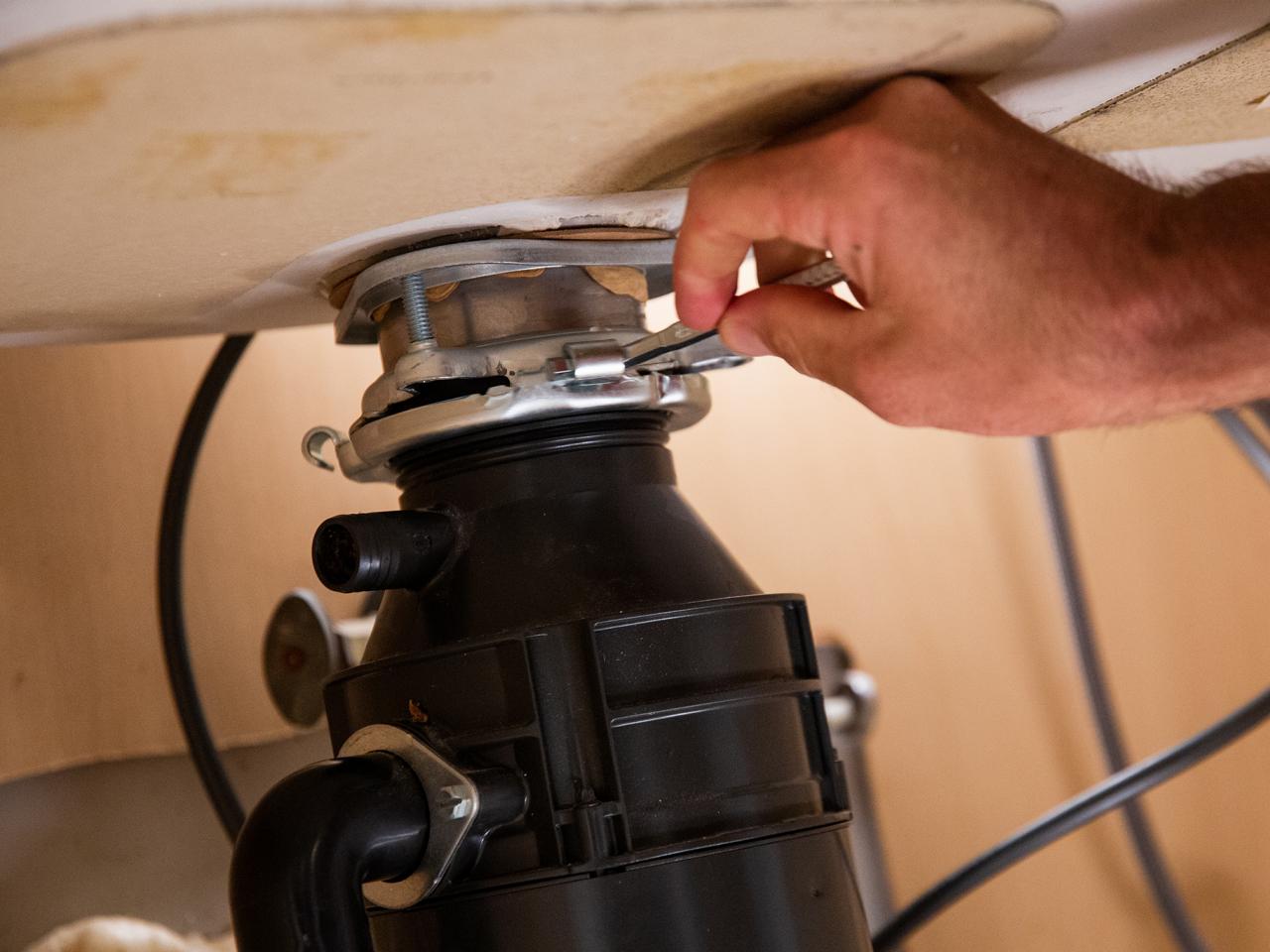
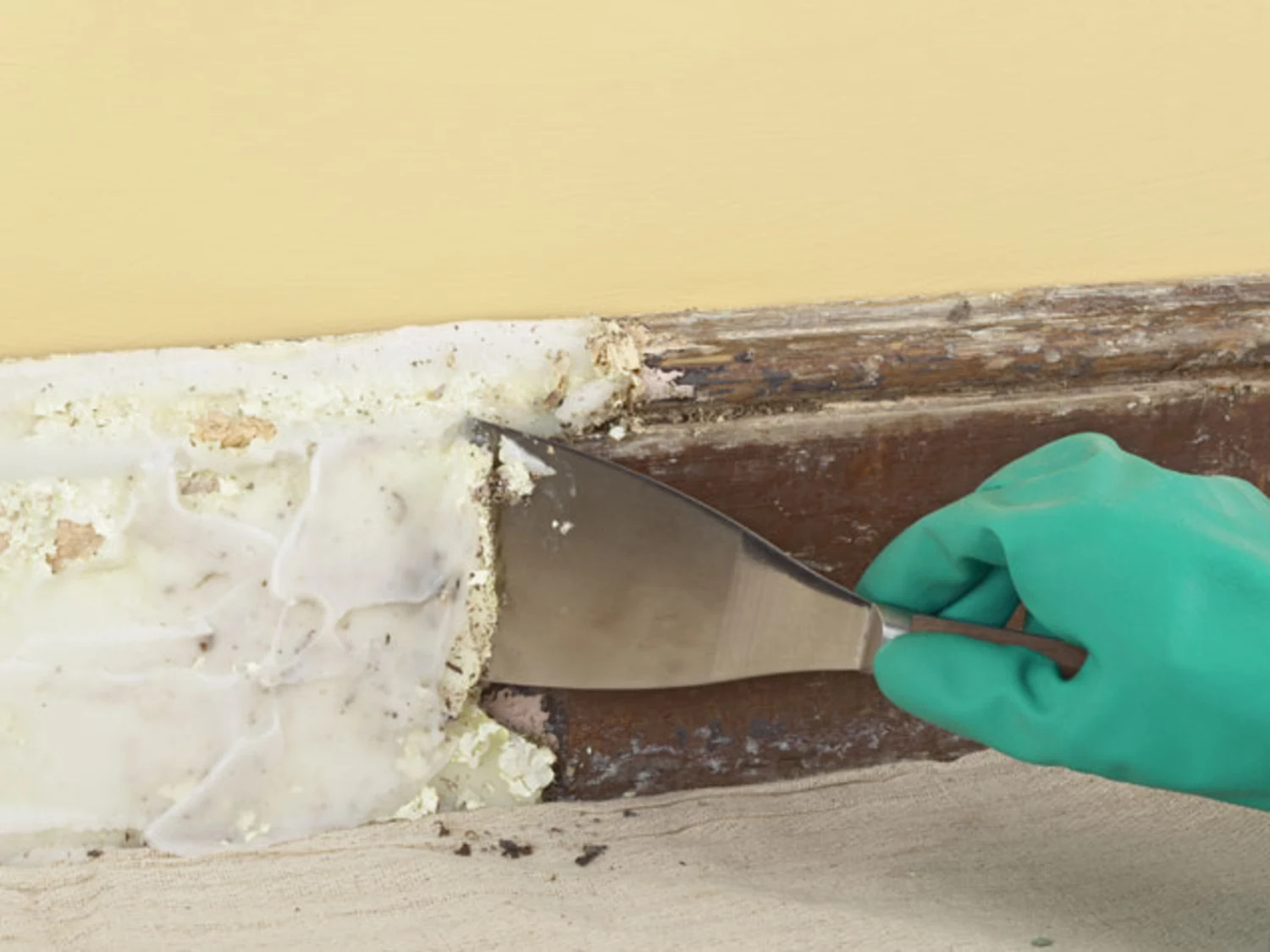
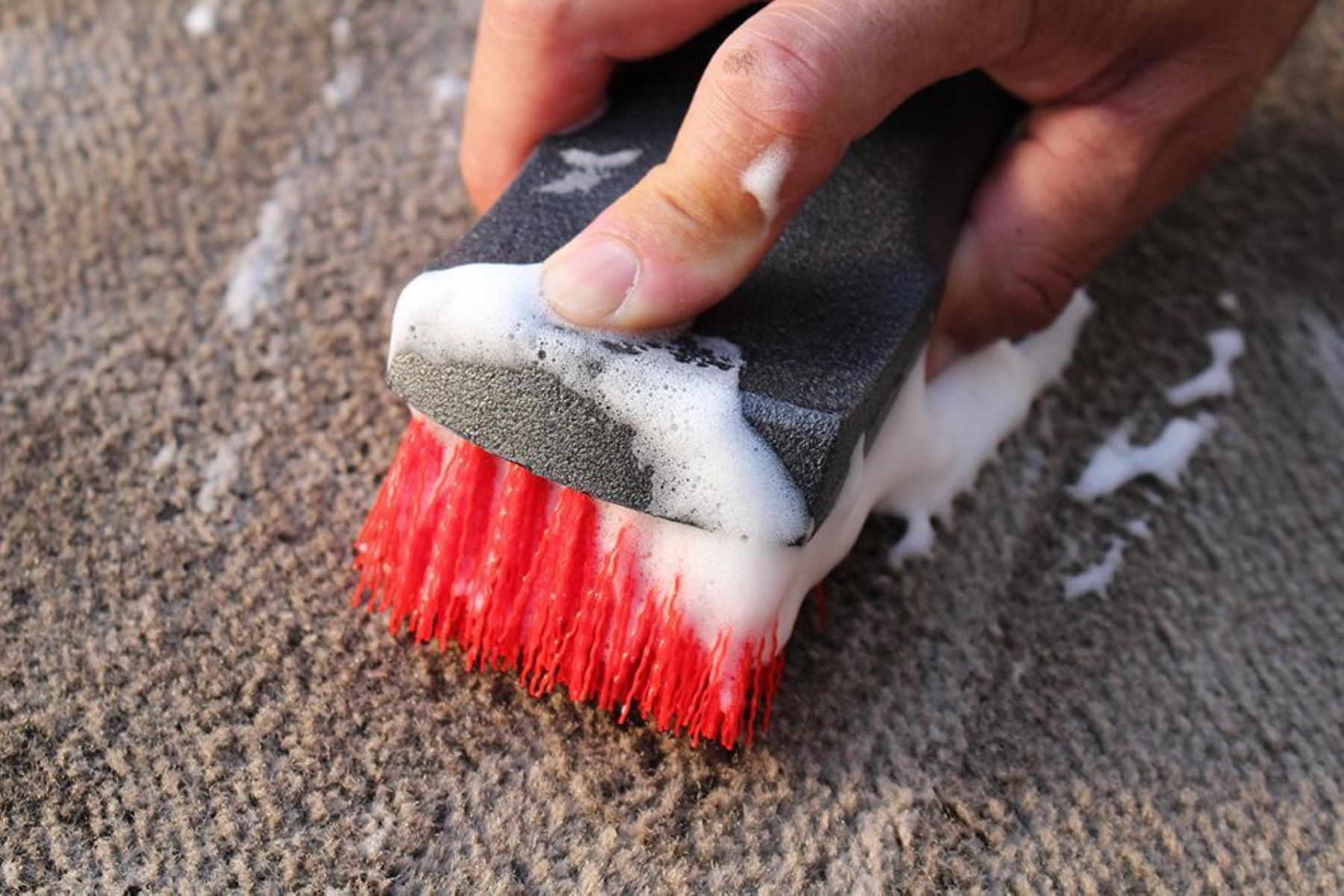
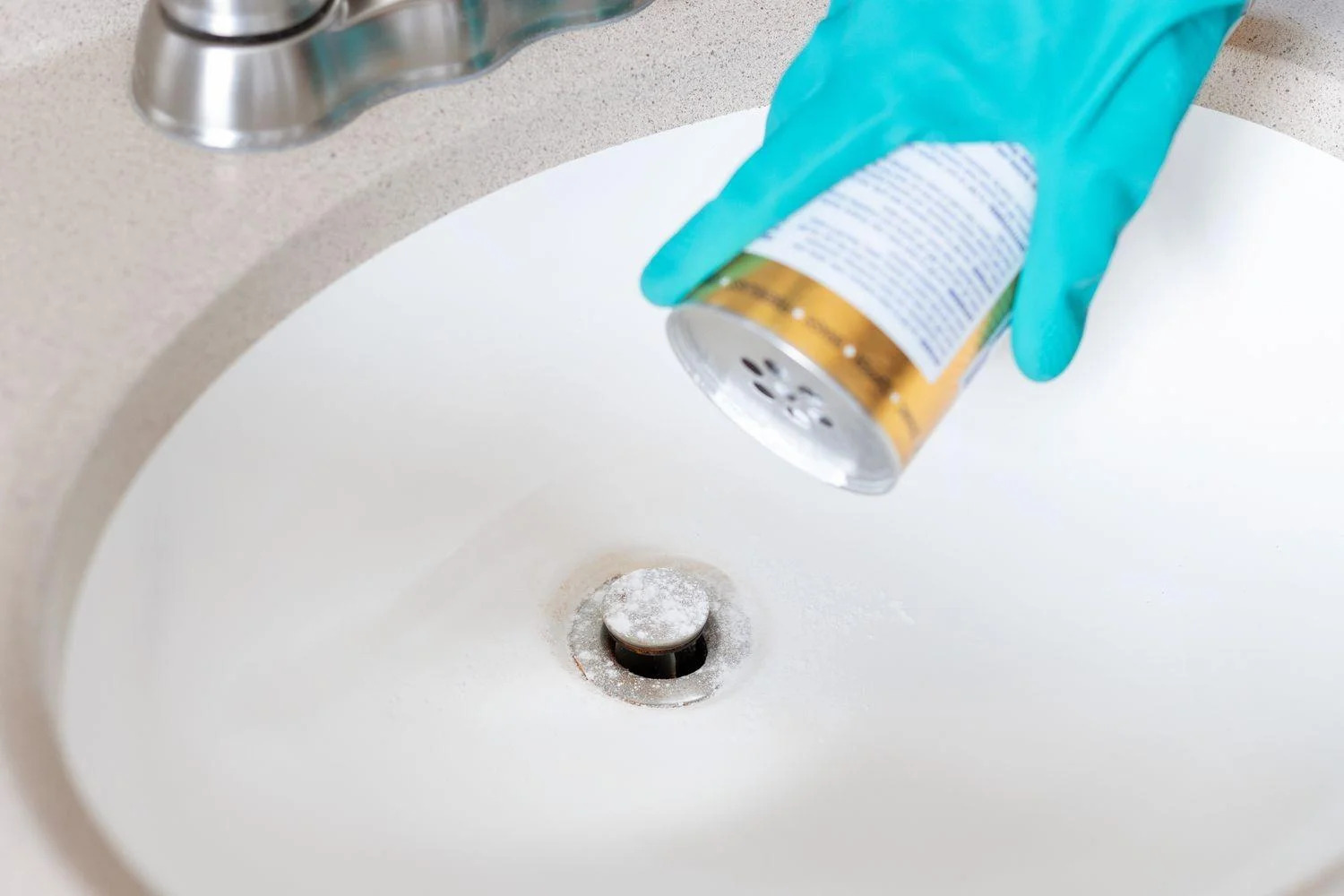
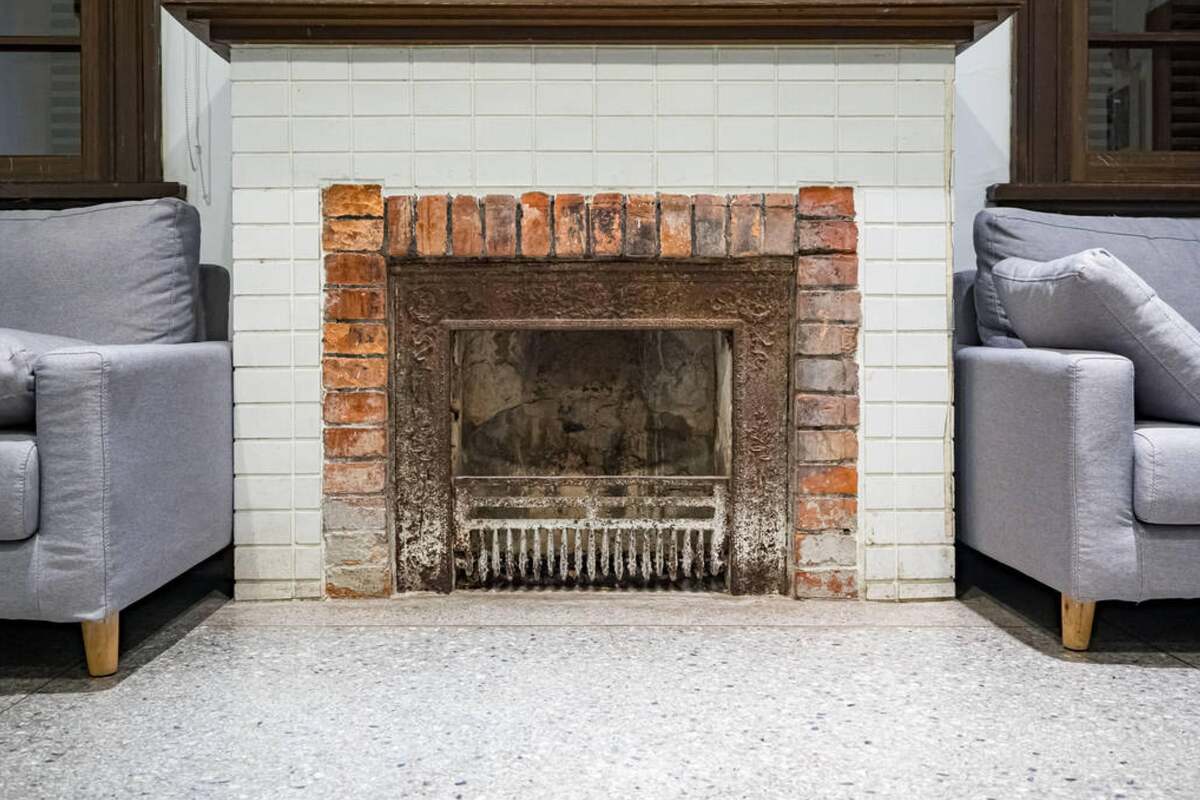
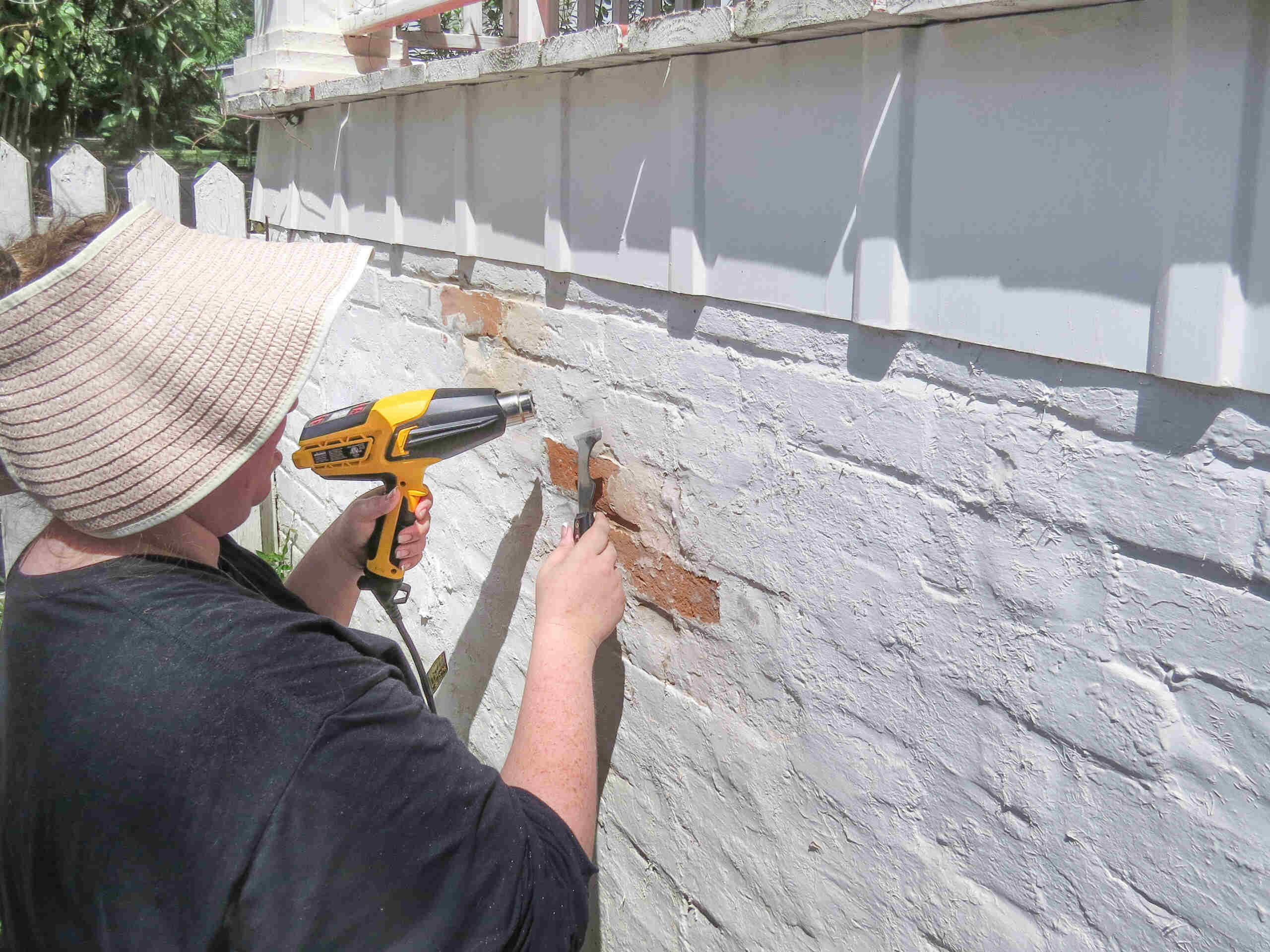
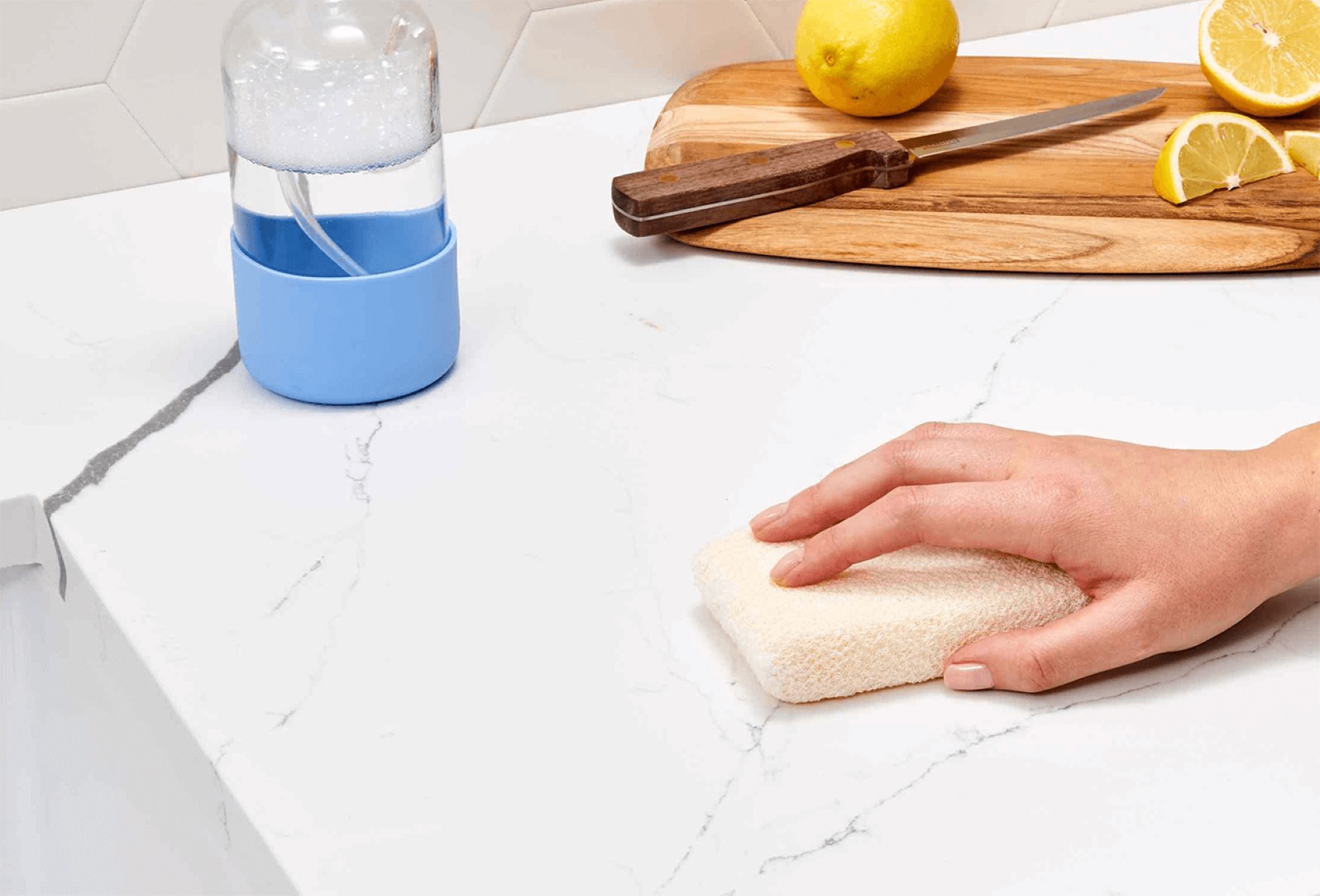
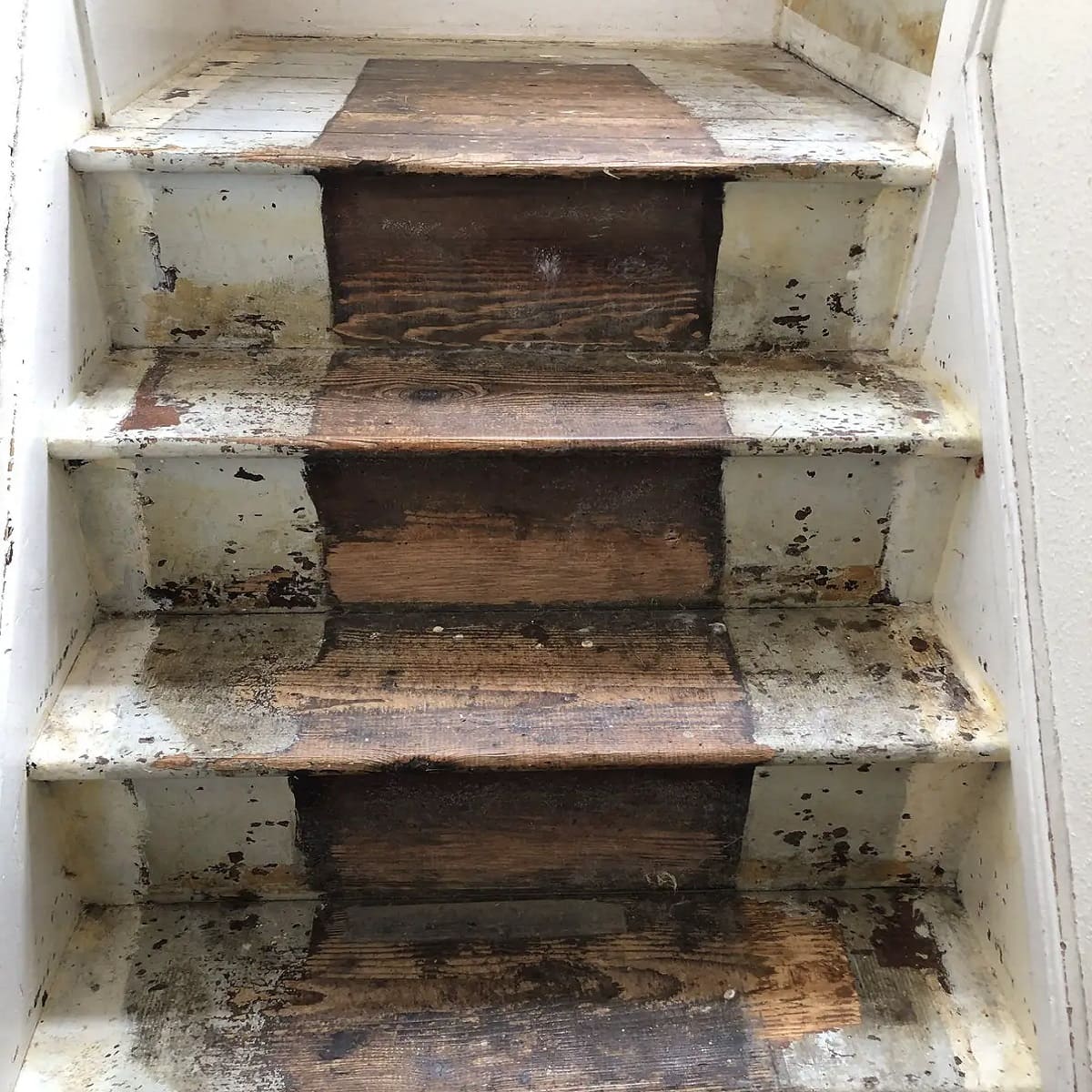
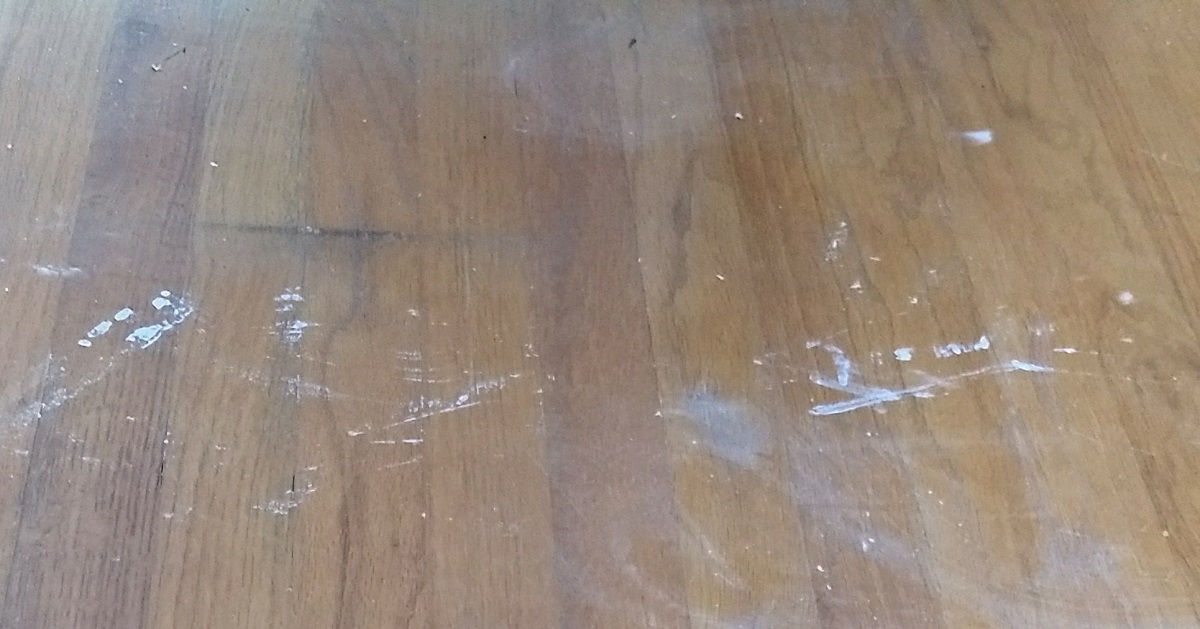
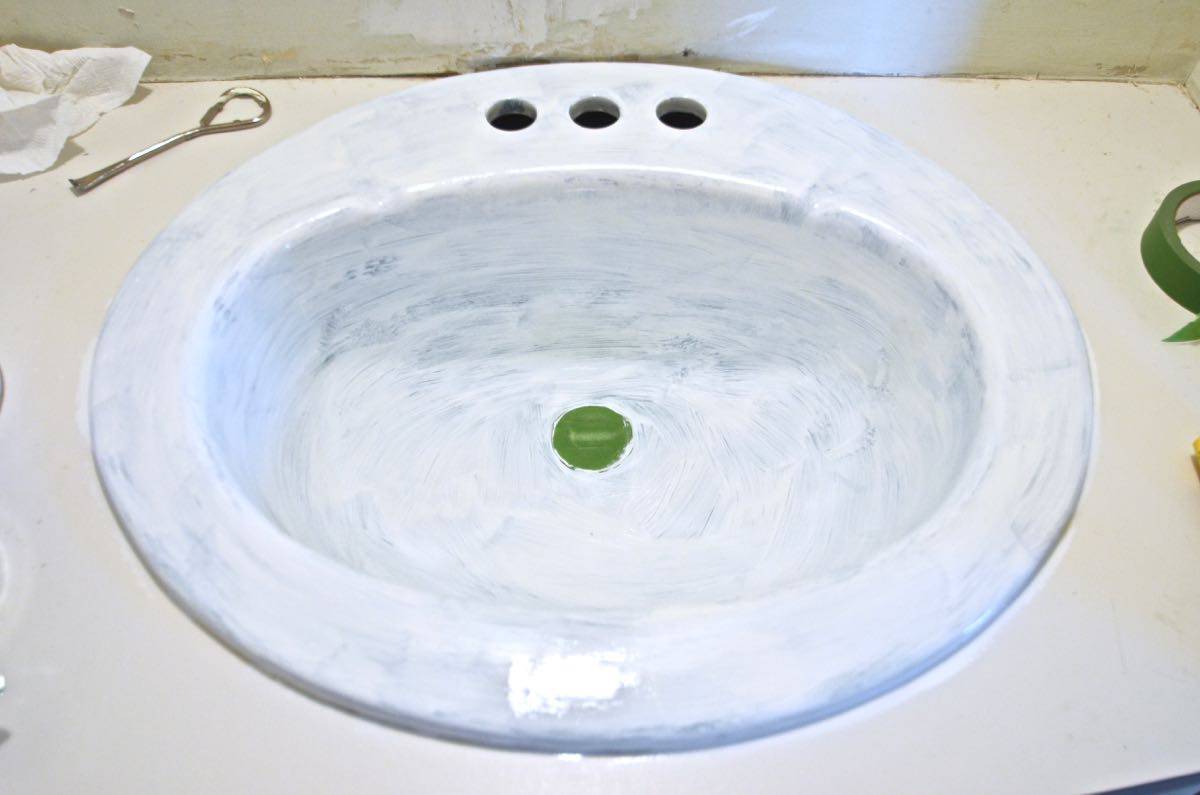
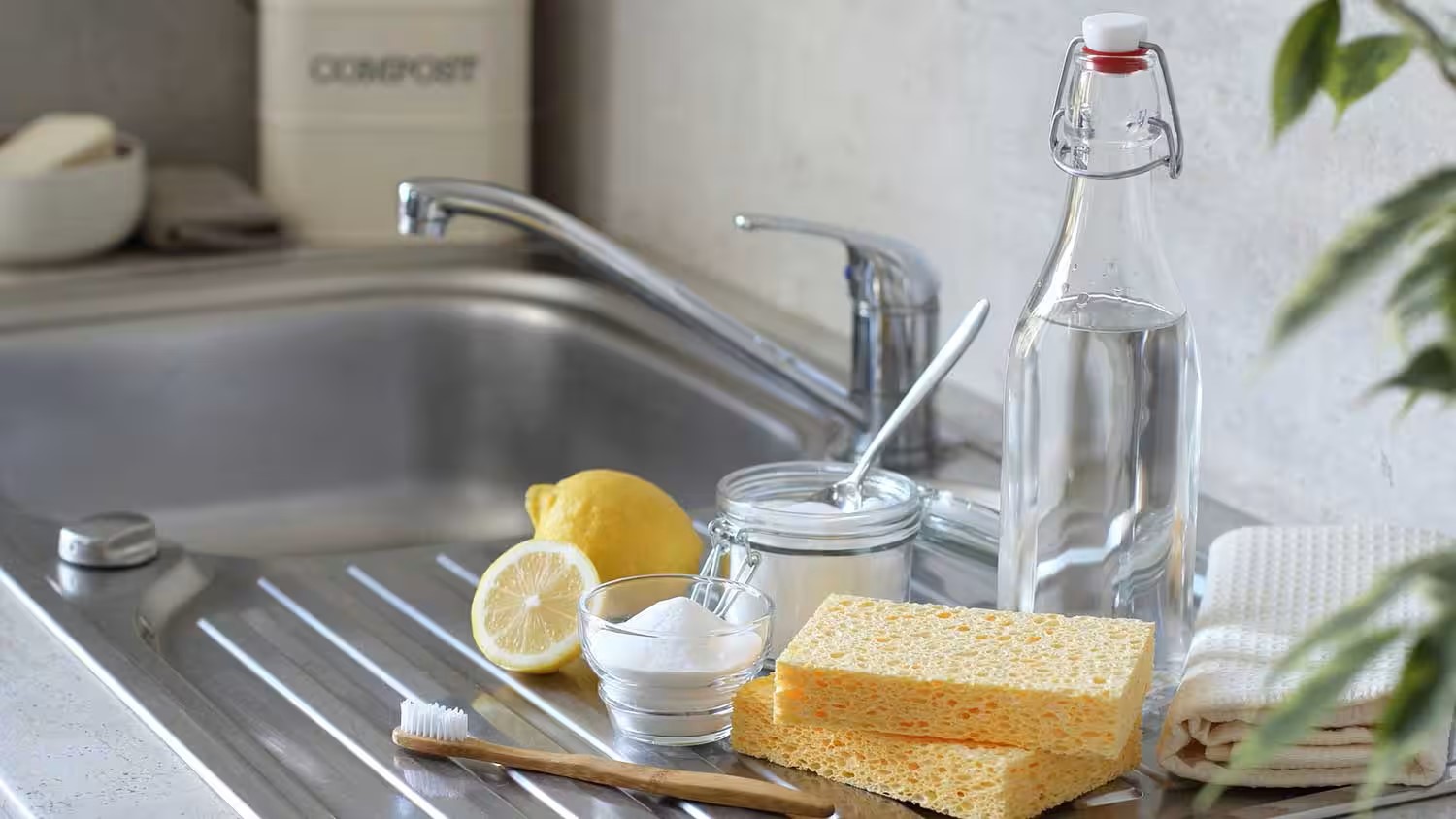


0 thoughts on “How To Remove Paint From A Sink”